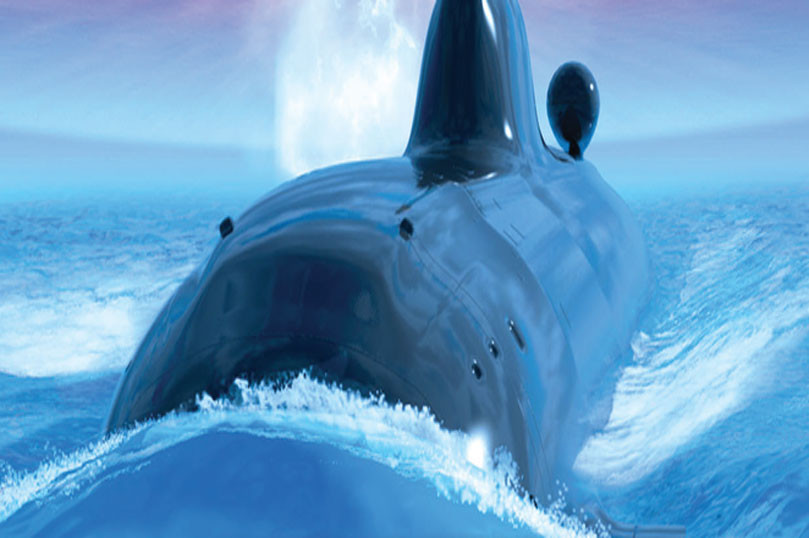
How “Techno” Should a Thriller Be?
Fatal Thunder author Larry Bond asks, “How ‘techno’ should a thriller be?”

Fatal Thunder author Larry Bond asks, “How ‘techno’ should a thriller be?”

India and Pakistan are stalemated in a war that India launched to “remove the threat of terrorism, once and for all.” But India’s early successes have stalled, and with the coming spring, the tide may turn against them. A small but powerful group of Indian senior military officers and civilian security officials have decided to…